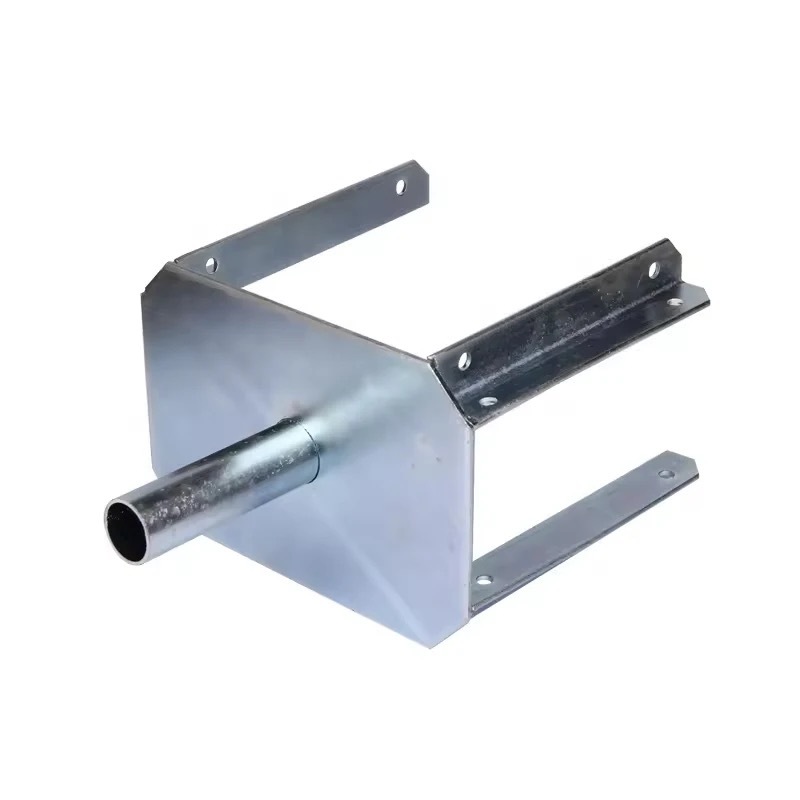The Unsung Heroes of Construction: Shoring Props and Their Impact
Discover how shoring props play a crucial role in construction safety and efficiency. Learn more!

Introduction to Shoring Props
Let’s face it: construction sites can be chaos incarnate. With heavy machinery, towering structures, and the ever-present risk of accidents, safety is paramount. And that’s where the unsung heroes—shoring props—come into play. These sturdy supports are more than just metal rods; they’re integral to maintaining stability and ensuring worker safety.
What Are Shoring Props?
So, what exactly are shoring props? In simple terms, they are vertical or lateral supports used during construction to stabilize structures temporarily. Think of them as the backbone of a building project, holding everything together while the real work gets done. They come in various shapes and sizes, making them versatile enough to fit any job.
Types of Shoring Props
There are several types of shoring props, each tailored for specific tasks. Some common types include:
- Adjustable Props: These are your go-to for temporary support, easily adjustable to various heights.
- Acrow Props: Known for their strength and reliability, they’re often used in heavy-duty applications.
- Timber Props: Eco-friendly and traditional, these wooden supports are still used in many projects.
Why Are Shoring Props Essential?
Picture this: a team of workers is pouring concrete on the upper levels of a building. Without shoring props, there’s a chance that the weight of the new material could cause the structure to sag or even collapse. Yikes! These props distribute the load and provide critical support, allowing construction to proceed safely.
The Safety Aspect
After all, safety isn’t just a buzzword; it’s a necessity. Using shoring props ensures that workers can perform their tasks without the cloud of danger looming over them. They help in:
- Preventing structural failure
- Reducing the risk of accidents
- Providing peace of mind for everyone on site
Shoring Props in Action
Let’s take a real-world example. Picture a high-rise being constructed in the heart of a bustling city. The builders are using shoring props to support the floors below as they work on the upper levels. These props not only keep the structure stable but also allow the crew to work efficiently without constant worry about the integrity of their surroundings.
Innovations in Shoring Technology
As technology advances, so do shoring methods. Modern props are now made of lightweight yet durable materials, making them easier to handle while still providing robust support. Some props even come with built-in sensors to monitor load distribution, ensuring optimal safety.
Challenges in Using Shoring Props
Of course, managing shoring props isn’t all smooth sailing. You’ve got to ensure they’re installed correctly and maintained properly. Improper use can lead to catastrophic failures, so training and experience are key. It’s essential that all team members understand how to use these supports safely and effectively.
The Bottom Line
When it comes down to it, shoring props are a construction crew’s best friend. They offer safety, stability, and peace of mind in an environment where the stakes are high. So next time you pass a construction site, take a moment to appreciate the props that quietly do their job behind the scenes—supporting not just structures, but the very lives of those who build them.
Conclusion
Whether you’re a construction worker, a project manager, or just a curious passerby, understanding the importance of shoring props can deepen your appreciation for the hard work that goes into building our world. These simple yet crucial tools are a testament to human ingenuity and the relentless pursuit of safety in construction.
Key words:
PRODUCT SEARCH
Search And Quickly Find The Products You Need
With advantages in technology, quality, and service, the company is steadily advancing in the industry, continuously providing high-quality hydraulic rubber products and services to global customers, demonstrating strong development potential and broad market prospects.









